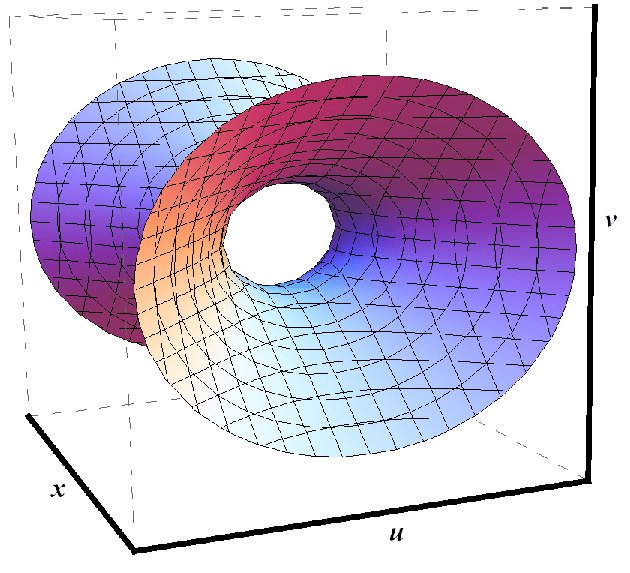
Quantum Mechanics vs. General Relativity
There are two theories that have essentially revolutionized our understanding of physics in the 20th century—quantum mechanics and general relativity.
Quantum mechanics attempts to explain the behavior of the smallest things in the universe—subatomic particles at the nanoscopic level. At this scale, time is universal and absolute.
On the other hand, Einstein’s general relativity posits that time is relative and dynamic—a result of how space, time, and matter interact with each other. Following the theory of relativity, the geometry of the “space-time fabric” can be distorted by large masses. Bodies that move through the distorted space-time fabric then appear as if they are being influenced by the gravitational force of the large mass.
Now, to describe and understand what we perceive in everyday life, we turn to physics. General relativity serves to explain the gravitational properties of large objects, which are massive enough that their quantum properties are negligible. Quantum mechanics accurately explains what happens on the smallest scales—but only where masses are insignificant enough that their gravitational effects are practically zilch.
The question is, how do we explain matter that is, at once, very heavy and yet very small? To that end, how will you reconcile the absolute and relative notions of time supported by each theory?

Reconciling Differences
This gap in our understanding of physics is something that theories of quantum gravity can hopefully explain. And a new breakthrough in the study of quantum gravity gives us a glimpse of how the physics of general relativity and quantum mechanics can be resolved.
“I think we now understand that space-time really is just a geometrical representation of the entanglement structure of these underlying quantum systems,” said Mark Van Raamsdonk, a theoretical physicist at the University of British Columbia.
Did you catch all that? Essentially, the idea is that the universe of our experience, together with the matter and relativistic space and time within it, arise as emergent properties from quantum bits (qubits) of information, just as the universe of a computer game arises from the digital bits of information in a computer. This is the holographic notion of the universe.
Researchers illustrate how the universe can have a fisheye space-time geometry known as “anti-de Sitter” (AdS) space. As you move away from the center, spatial increments get shorter until eventually the spatial dimension from the center extends to nothing—smacking into a boundary. This boundary has one less spatial dimension than its interior, referred to as the “bulk,” wherein is projected the holographic universe—with all its matter and energy, and wonky time that moves in dramatic ways, bending and curving with space as described in general relativity.
But the entangled qubits residing on the boundary of this AdS space progress according to the ordered, non-relativistic time natural to quantum states; like a computer program executing its commands according to the precise ticks of its internal clock, yet creating a simulated universe within which time can warp and stretch and be as weirdly relative as it wants.

So far so good. But our universe conforms to a de Sitter configuration, where space stretches the further out you look; and this presents some problems of understanding the emergent qualities of time. The boundary, in this case, appears to be the end of time; somehow, the qubits on the boundary of the de Sitter space give rise to an interior hologram with dynamical time.
As Brian Swingle of Harvard University notes, what all this research seems to uncover is that, “somehow, you can emerge time from timeless degrees of freedom using entanglement.”
And while the team behind the study has yet to discover how this is possible, they hope it will lead to answers about what we don’t yet understand about the physics of our universe.